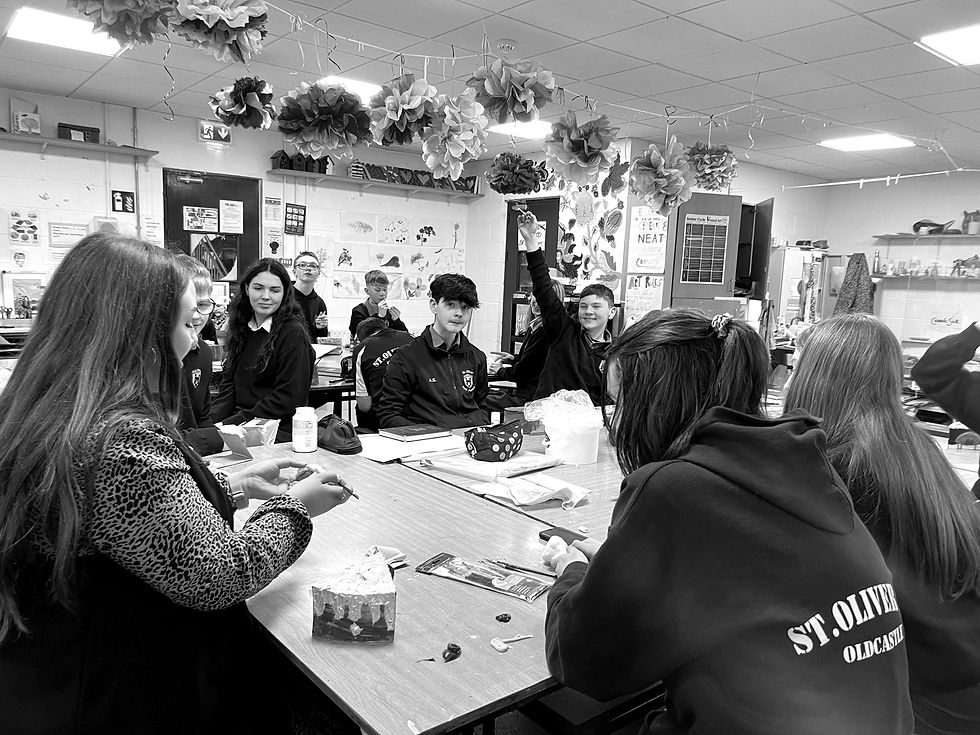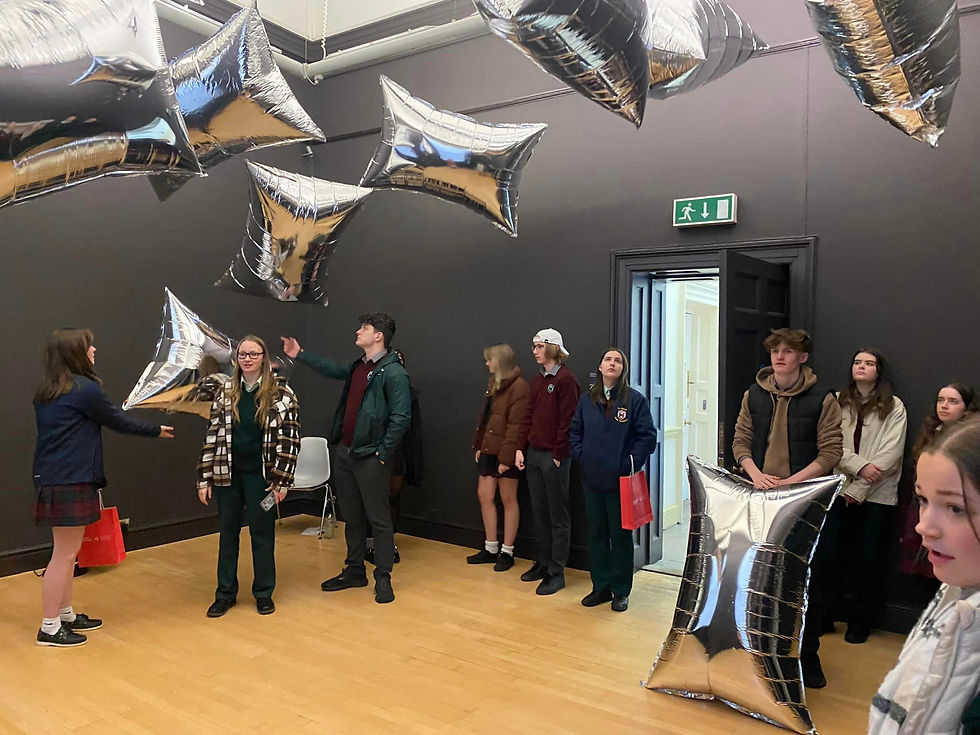Student self assessing - the benefits and the drawbacks
- Bernadette Nugent
- Jan 12, 2024
- 2 min read

In the artroom, helping students assess their work is crucial for their artistic growth. Let's look at some methods I've used lately– two stars and a wish, exit slips, design briefs, and checklists – and see how they can benefit students, along with some potential challenges.
I've discovered along the way
Two Stars and a Wish: Balancing Positivity and Improvement
This method encourages students to identify two things they did well (the stars) and one area they want to improve (the wish). It's great for building a positive mindset, but students may sometimes (or most of the time) be too generous with themselves. Teachers need to guide them to be realistic in their self-assessments.
Exit Slips: Quick Reflections on Learning
Exit slips are brief reflections students write as they leave the art room. They help students express their thoughts and give teachers insights into their understanding. However, students may find it challenging to articulate their ideas concisely, meaning teachers really need to put in the groundwork in helping them develop their critical thinking and visual literacy skills before this is a worthwhile task.
Design Briefs: Providing Purpose to Creativity
Design briefs give students a framework for their artistic projects, helping them understand goals and intentions. The challenge is finding the right balance between structure and creative freedom, making sure design briefs guide rather than limit creativity.
Checklists: Ensuring Attention to Detail
Checklists help students assess their work against specific criteria, encouraging a systematic approach. However, there's a risk of students focusing too much on meeting requirements and neglecting their artistic expression. Teachers should guide them to see checklists as complements to their creative process.
It's important to recognize that students often lean towards positivity in self-assessment. While self-assessment is less strict than teacher-led assessment, it's a skill that develops over time with guidance. As educators, we aim to create an environment where students learn to evaluate their work realistically, appreciate their progress, and enjoy their artistic journey. Through these methods, we nurture a generation of artists who not only create beautiful pieces but also understand the depth of their own artistic growth.



Comments